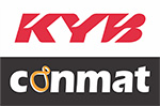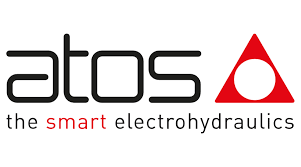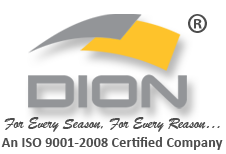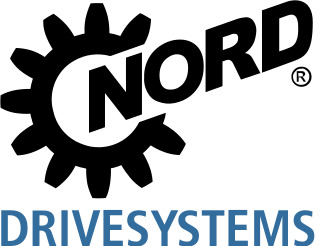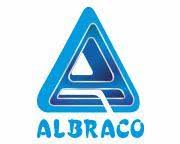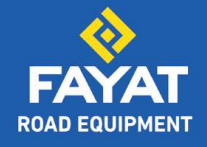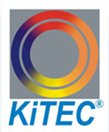Digital era and technology is rapidly transforming Indian mining
By Edit Team | April 6, 2020 6:30 am SHARE

We as a company have implemented digitisation in our mining operations to aid in developing intelligent mines that are smart, connected, wired and analytical says LS Shekhawat, Director Operations, Hindustan Zinc Limited.
What kind of opportunities do you see in the Indian mining sector today?
Looking at the current scenario, self-sustenance is the key to a better future. India is blessed with rich mineral resources and these minerals are recognized as a key resource for the development of the nation. Mining Sector provides basic raw materials to many important industries – technology, manufacturing, construction, automotive, day to day appliances, start-ups, to name a few. These industries together aid in generating job opportunities, economic growth, innovation and bringing more sustainable value to society.
Expansion in manufacturing industry & automotive production in the coming times will be key drivers in metals & mining sectors in India. Our country possesses a wide range of minerals & natural resources, giving a fair advantage in the cost of production and their conversion costs. Demand for iron and steel is set to continue, given the strong growth expectations for the residential and commercial building industry.
With the launch of the National Mineral Policy 2019, India presents a major opportunity for investors. The Metals and Mining sector in India is expected to witness a major reform in the next few years, owing to reforms such as Make in India campaign, smart cities, rural electrification and a focus on building renewable energy projects under the National Electricity Policy as well as the rise in infrastructure development.
How can IOT help in making mining more efficient?
We are currently in a digital era and technology is rapidly transforming how businesses operate. Most of the industries are adopting IoT solutions to conduct operations more efficiently and to reduce costs. In order to coordinate various tasks and ensure mining safety, there’s a dire need to install underground monitoring and control systems. We as a company have implemented digitisation in our mining operations to aid in developing intelligent mines that are smart, connected, wired and analytical. Through the digitisation of our mines, we are able to build algorithms that have further enhanced accuracy in our mining operations and have made the mining process more efficient- right from exploration to metal production.
We are already into the first phase of our digitisation which we hope to complete soon. HZL is the first Southeast Asian company to deploy drone technology in underground mines. The implementation of drones will be used to dive deep inside underground mines in Rajasthan to collect data and improve productivity. Our aim is to equip all our operations technologically to enhance safety and productivity.
The prototype of a digital mine is already operational in our SindesarKhurd mine. Autonomous drilling and haulage, remote-controlled operations, real-time asset tracking and mine monitoring are some of the features we intend to standardise across our mines in the coming three years. Our digital initiatives are centred on enhancing our production and safety so that we can take our operations to the next generation of mining. We have engaged various partners across the world and we are bringing in the best of technologies to increase productivity.
What kind of policies are desired to facilitate the growth of the mining sector in India?
The government has taken initial steps to facilitate growth in the mining sector in India. Some of the steps taken such as 100 per cent FDI for coal and mining is expected to result in forex savings, employment generation and enhanced investment or the National Mineral Policy 2019 launched for transparency, better regulation and enforcement, balanced social and economic growth into the sector have been helpful. Recent policy announcements in the mining sector, such as doing away with end-use restrictions in coal mining and extending the validity of clearances for mining leases expiring in 2020, could result in a paradigm shift.
India has the potential and domestic capacity to absorb significantly higher mineral production with additional reform agenda in the sector. It is also important to analyse and understand how Make in India can contribute significantly to GDP. It has the potential to propel the Indian economy by creating employment, meeting the demand of ancillary industries & also through reduced import bill. Self-reliance will lead to innovation, enhance skill development and build best in class infrastructure.
What are the challenges in equipment maintenance and support at mining site by OEMs to ensure maximum up time?
The mining industry is a dynamic Industry. It requires a robust training program for Skill Development of manpower to add more value. With the help of digitalization and connected machines now we can also track various parameters and alarms thrown up by machines. This enables condition-based maintenance, regular feedback to operators for better utilization of the machineries thus reducing unwarranted breakdowns.
How do you assess the safety practices at Indian mines?
The safety and health of our employees and contract workforce are core focus areas of Hindustan Zinc. We have detailed SOPs for each and every activity followed by robust training. The safety improvements over the past few years have been achieved by concentrating on improving our safety systems and continuing to build and strengthen our ‘safety culture’ through the participation of employees and contractors in safety meetings, safety interaction and encouraging employees to intervene if they see an unsafe act/unsafe condition, near-miss reporting.
Tele remote operations, utilization of drones, mechanization of almost all the activities are some of the initiatives we have taken in this direction. Sound risk analysis is required to continuously improve with changing scenario. It is also imperative to have a detailed emergency response plan in consonant with a site-specific risk assessment. Mining Industry as a whole is moving towards a risk-based safety health management system rather than a rule-based safety health management system which is a step forward.
Cookie Consent
We use cookies to personalize your experience. By continuing to visit this website you agree to our Terms & Conditions, Privacy Policy and Cookie Policy.





















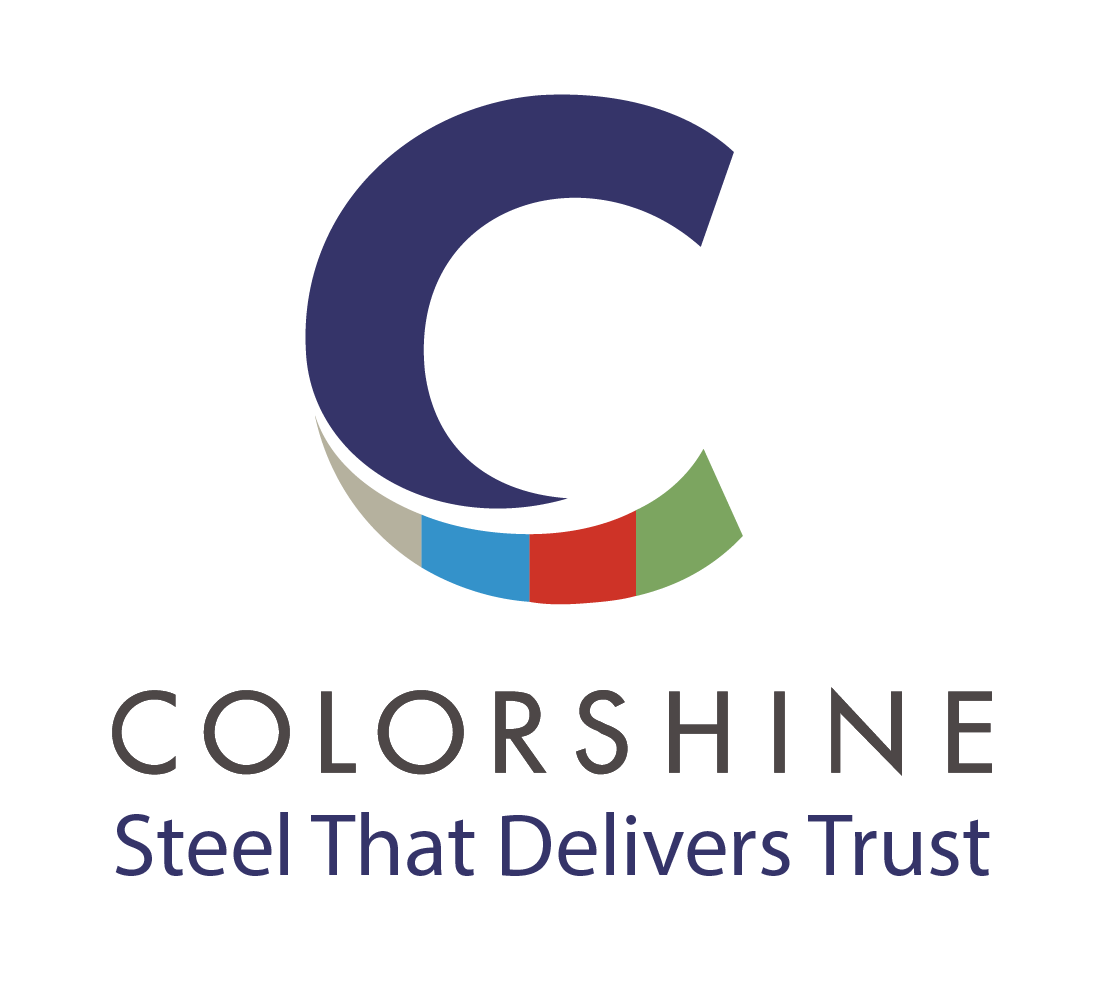




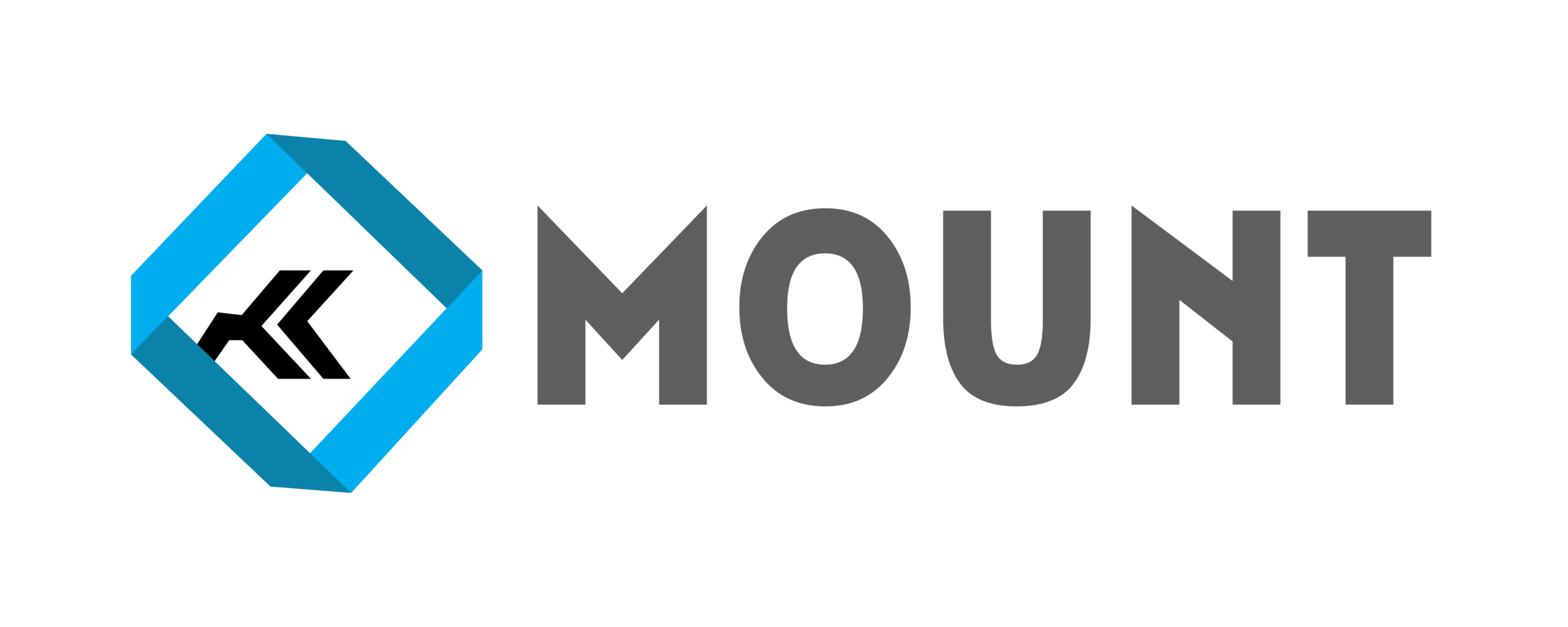




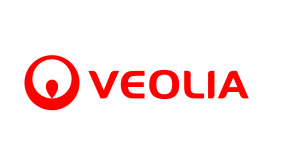

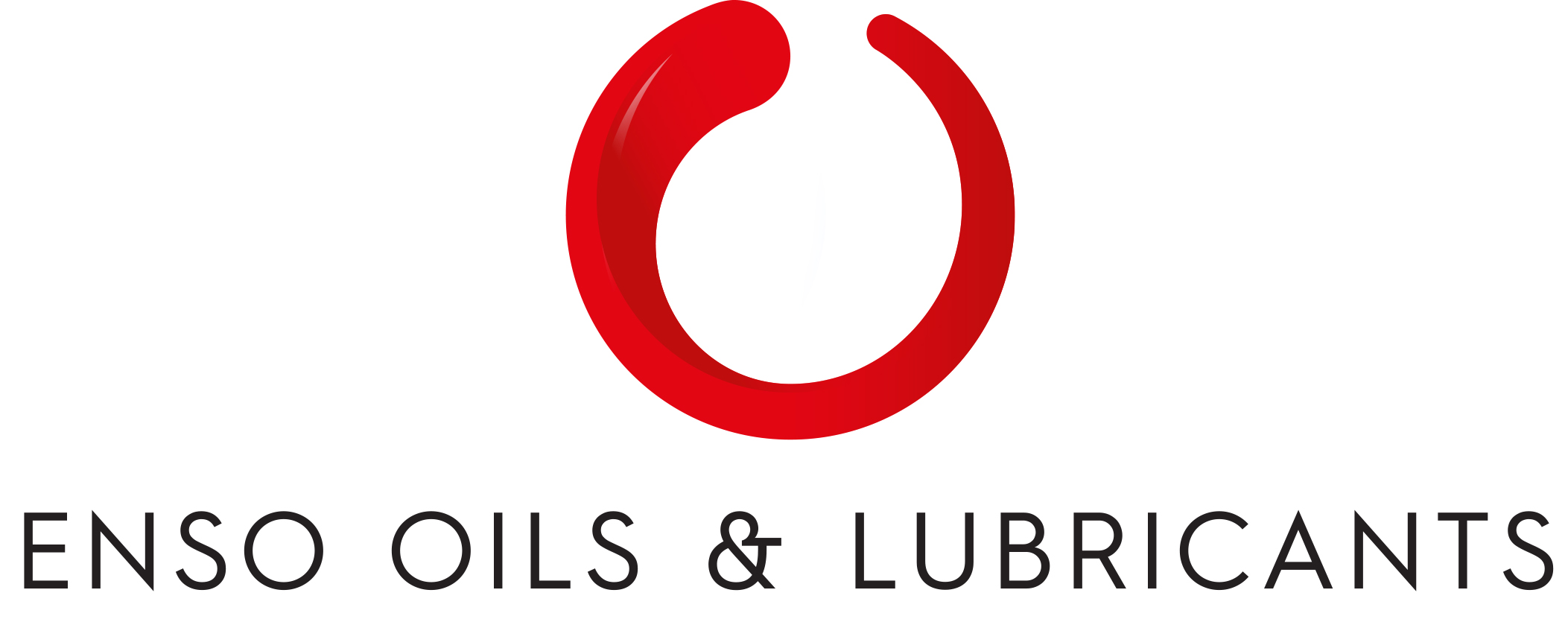


-20240213125207.png)

